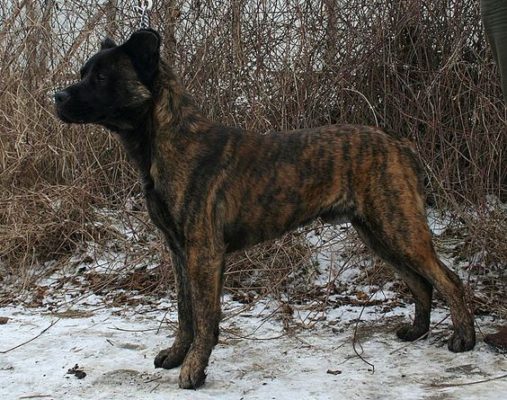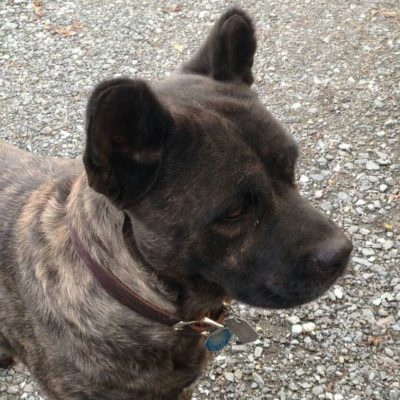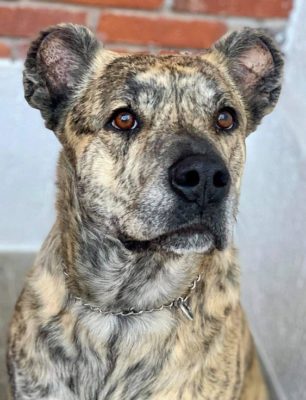Saint Miguel Cattle Dog
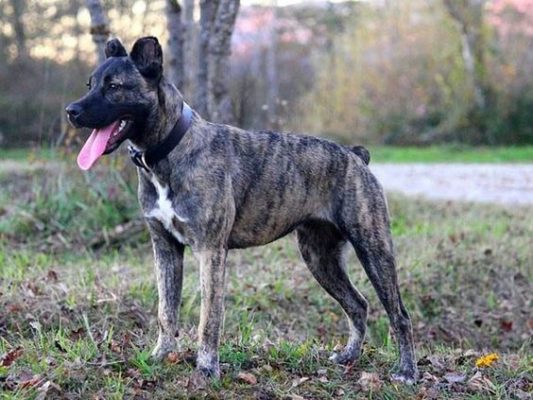
The Saint Miguel Cattle Dog is a good protector of the home. It has an aggressive appearance and the same character. They need to be trained from an early age to get dogs of this breed as pets. They are very gentle and loyal to their owner.
Table of Contents
Breed Information
| Another Name | Azores cattle dog, Azores cow dog |
| Origin | Azores (Portugal) |
| Height | Males 50-60 cm Females 48-58 cm |
| Weight | Males 25-35 kg Females 20-30 kg |
| Fur | Short, smooth, dense, with an undercoat |
| Color | Gray, light yellow, dark yellow. Spottiness is allowed |
| Lifespan | 12-15 years |
| FCI Classification | Pinscher and Schnauzer – Molossoid and Swiss Mountain and Cattledogs |
| Group | Guard dogs, protection dogs |
| Price | $800-1200 |
Breed Photos
Origin History
The name of the dog fully describes its origins, as the dog’s homeland is the Azores. When the sailors opened the island to the world and began to settle it, they also brought cattle. They had to be watched and guarded in the pastures, so the need for a shepherd dog arose.
The Saint Miguel Cattle Dog was bred by crossing mastiffs, dogs, and another molossus. The first standard for the breed was made in 1984. It was officially confirmed and published by the Federation Cynologique International in 1995.
Now famous all over the world, the Saint Miguel Cattle Dog is considered a rare breed. Often dog clubs or registries attribute many other characteristics to the species. They differ from internationally accepted, even coming up with different names.
Appearance
The dog is healthy but not very large-sized. The height differs depending on the sex. Males can have about 50-60 cm, and females 48-58 cm. The weight also varies: in males 25-35 kg, in females 20-30 kg.
The dog’s body is covered with thick, short, dense hair with an undercoat. The skin of the animal is very thick. The tail can form a fringe if it is not cropped. It can be gray, light yellow, dark yellow color, and white spots on the chest, forehead, and paws.
The head of the Saint Miguel Cattle Dog is large, with a robust skull and massive jaws. The dog’s ears are high erect, triangular, and rounded at the ends. Sometimes the ears can be cropped; then, they become rounded and hyena-like.
Character
The Saint Miguel Cattle Dog is a good protector of the home. It has an aggressive appearance and the same character.
They need to be trained from an early age to get dogs of this breed as pets. They are very gentle and loyal to their owner. Like all representatives of working dogs, Saint Miguel Cattle Dog needs regular exercise.
They tend to make their own decisions and can often strive for healthy independence. They need an experienced and authoritative owner. Specialists do not recommend having this dog as your first dog.
With other animals on the Azores’ territory, dogs are difficult to get along with because they continuously want to dominate. They are loyal to children, but it is better not to leave them with very young ones, as children’s crying can be an aggressive irritant to them.
Care
Long walks, vigorous exercise, and training should always be a priority for members of this breed. They are rarely seen as companions.
The best place to live for an Saint Miguel Cattle Dog would be a country house with free space. Without sufficient exercise and outdoor activities, the temperament of the pup may deteriorate.
A pet’s coat does not require much care, as it is short and thick. You need to wipe it regularly with a damp towel and brush it once a week. During the molting period, the hair does not fall out much, which does not cause discomfort in housing.
Systematically check the condition of the ears and trim the claws if necessary. Once a year, it is required to have vaccinations.
Training
Representatives of the breed are considered one of the easiest to train. Dogs quickly memorize commands, try to please their owners all the time, and do everything “perfectly”.
It is worth remembering the importance of early training of Saint Miguel Cattle Dogs in discipline and obedience, as they will then show their hunting, aggressive qualities.
Common Diseases
The dogs’ health is vital, and their immunity is strong. However, like all large breeds, the Saint Miguel Cattle Dogs can have hip dysplasia and elbow problems.
Nutrition
The dog’s diet should be balanced, full of vitamins and minerals. Meat and by-products should be the basis. It is useful to give cereals, which should also occupy an appropriate place in the diet.
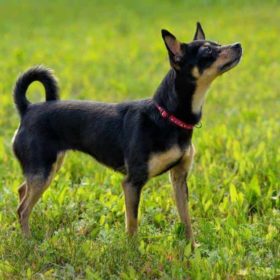 Russkiy Toy
Russkiy Toy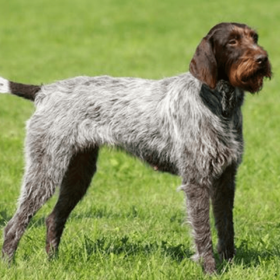 Český Fousek
Český Fousek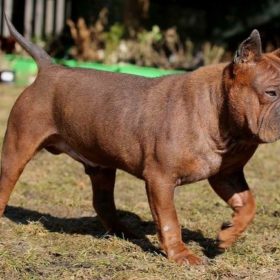 Chinese Chongqing Dog
Chinese Chongqing Dog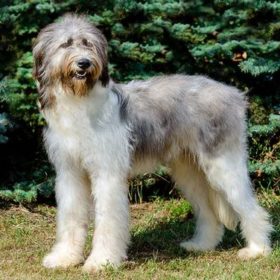 Romanian Mioritic Shepherd Dog
Romanian Mioritic Shepherd Dog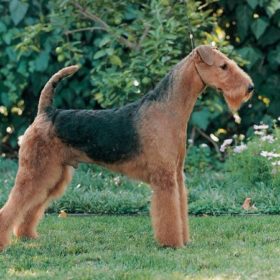 Airedale Terrier
Airedale Terrier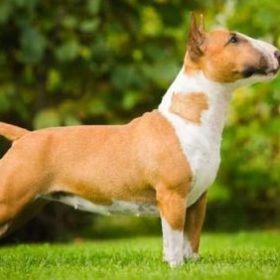 Miniature Bull Terrier
Miniature Bull Terrier